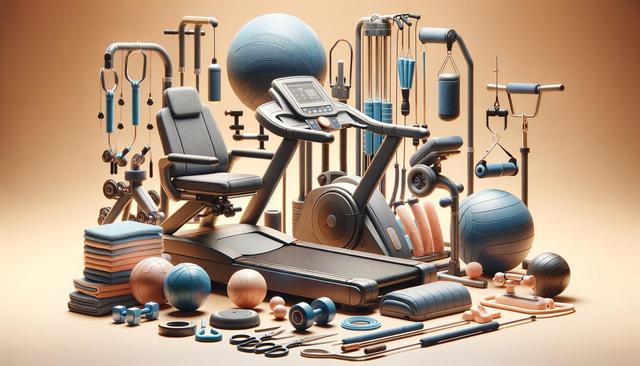
Essential Stroke Recovery Equipment for a Safer and More Comfortable Rehabilitation
Understanding the Importance of Stroke Recovery Equipment
Stroke recovery equipment is designed to support individuals in regaining mobility, independence, and everyday skills following a stroke. The aftermath of a stroke often includes reduced muscle control, limited range of motion, and impaired coordination. These challenges can make basic activities difficult without proper support tools. Recovery equipment aims to bridge this gap, enabling patients to participate in rehabilitation exercises, prevent complications, and enhance quality of life.
For many stroke survivors, the road to recovery involves a carefully tailored combination of physical therapy, occupational therapy, and assistive devices. The use of specialized equipment not only aids in physical improvement but also helps in building self-confidence and restoring dignity. Whether recovery is being managed at home or in a clinical setting, having access to the right tools can make a significant difference in progress and comfort.
Mobility Aids to Enhance Independent Movement
Mobility is often one of the most affected areas after a stroke. Depending on the severity of impairment, stroke survivors may require equipment that assists with walking, balance, or transferring from one position to another. These aids are crucial in reducing the risk of falls and making daily activities more manageable.
Common mobility aids include:
- Walkers and rollators with built-in support systems
- Canes with ergonomic grips and quad bases for stability
- Wheelchairs, both manual and powered, for those with limited leg function
- Transfer boards and sliding sheets, which help move from bed to chair
Choosing the right mobility equipment depends on the user’s strength, balance, and overall condition. Health professionals often conduct assessments to determine which devices are most suitable. It’s also important that these aids are adjusted to the correct height and fit to ensure safety and effectiveness.
Home Modifications and Supportive Tools
Creating a stroke-friendly home environment is essential for recovery and ongoing safety. Many stroke survivors face difficulties with common household tasks, so equipping the home with adaptive tools can encourage independence and reduce caregiver strain.
Some helpful home modifications and tools include:
- Grab bars in bathrooms and hallways
- Non-slip mats and flooring
- Shower chairs and raised toilet seats
- Reaching aids and dressing tools like button hooks or sock aids
These modifications not only make the home more accessible but also provide psychological comfort by enabling individuals to maintain a level of control over their environment. In some cases, occupational therapists may conduct a home assessment to recommend specific changes or devices tailored to the individual’s needs.
Rehabilitation Devices for Muscle Strength and Coordination
Rehabilitation equipment plays a central role in restoring motor function and coordination. Many tools are designed to facilitate repetitive motion, which is critical in rebuilding neural pathways and muscle memory. These devices are often used under the guidance of a therapist but can also be beneficial for home-based exercises.
Examples of rehabilitation tools include:
- Hand exercisers and therapy putty to strengthen grip
- Pedal exercisers for seated leg movement
- Balance boards and stability balls for core strength
- Resistance bands for low-impact strength training
These tools target different muscle groups and can be gradually adjusted as strength and coordination improve. Consistent use of rehabilitation devices, along with professional guidance, can significantly enhance movement control and reduce long-term dependence on caregivers.
Communication and Cognitive Support Devices
Strokes can also affect speech, memory, and cognitive function, making communication and daily decision-making challenging. In these cases, specialized equipment and technology can help bridge the gap and support cognitive rehabilitation. These tools are particularly beneficial for individuals experiencing aphasia or cognitive delay.
Supportive devices in this category include:
- Speech-generating devices and communication boards
- Memory aids such as digital clocks with alarms and medication reminders
- Tablet apps and software designed for language and brain exercises
- Large-button phones and simplified remote controls
These devices can empower stroke survivors to express themselves more clearly and manage aspects of their daily routine independently. They also provide peace of mind for caregivers who want to ensure their loved one remains engaged and communicative during recovery.